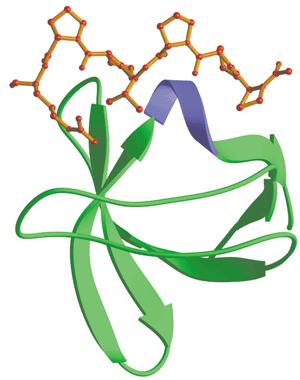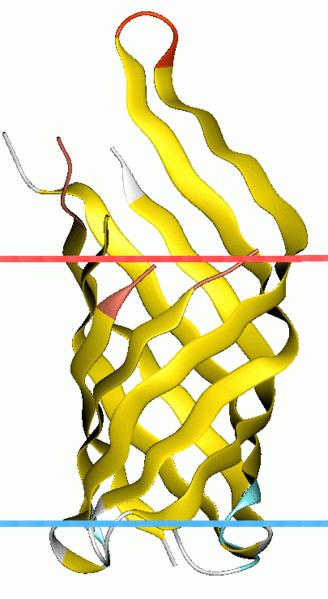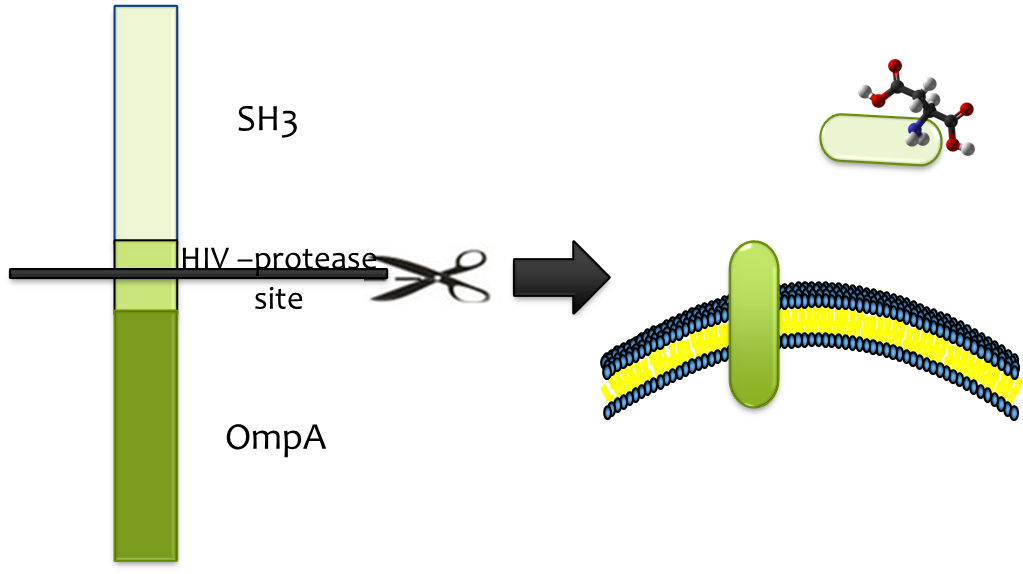Team:Tsinghua/project
From 2011.igem.org
(→Transition) |
(→Transition) |
||
| Line 50: | Line 50: | ||
==Transition== | ==Transition== | ||
| - | + | The transporter should be capable of shifting between the binding state and the releasing state. Transcription factor(TF)-involved molecular device is well-known for its lag in phase change, which can be calculated to fit appropriate for our state transition. | |
[[File:With_IPTG.png|450px]] | [[File:With_IPTG.png|450px]] | ||
Revision as of 13:01, 16 September 2011

E. Colimousine
Overview
This project is destined to generate an E. Coli strain which can transport target protein along a gradient back and forth. The bacteria can bind with the target protein at one place and then, by sensing the gradient of certain amino acid, move to its destination, where it releases the protein with the help from another E. Coli strain. When this is done, it will move back to transport more target protein. In this process, four modules are necessary: binding, releasing, movement and transition.
Binding
We first need to conjugate a binding vehicle directly sensing substrate in the medium. Outer membrane protein A (OmpA)
Src-homology 3 (SH3) domain
The binding module eventually comprises of two proteins, namely, OmpA-SH3 protein, which functions as the binding vehicle and proline-rich containing mCherry protein, which functions as the binding substrate.
Releasing
Considering of the significance of efficient and specific release from strong binding, HIV-protease site was constructed into the binding cassette, which enables proteolytic release by HIV-protease
Movement
Regulatory network controlling E.coli chemotaxis is one of the well-established models of signaling transduction, hence chemotaxis is most frequently used in guiding the movement of E.coli cells. Here, receptors Tar and Tar* are assembled into large clusters that are predominantly located at the poles of the bacterium could sense extracellular signals as aspartate and phenylacetic acid (PAA) respectively. The CheW protein binds to the receptors and acts as a scaffold protein to recruit CheA, whose phosphorylation is stimulated by the receptor. The phosphate is transferred to the cytoplasmic protein CheY, which controls flagellar rotation and in turn, controls the movement of E.coli. Previously, a pair of mutations in CheW* (V108M) and Tsr* (E402A) was shown to produce an orthogonal pair, where the mutated proteins interact with each other but not with wildtype Tsr or CheW. So, this can be used to toggle between activating the PAA-responsive Tar* and aspartate-responsive Tar. When we set up two gradients (PAA and aspartate) in the opposite direction, the bacteria can move forth and back.
Transition
The transporter should be capable of shifting between the binding state and the releasing state. Transcription factor(TF)-involved molecular device is well-known for its lag in phase change, which can be calculated to fit appropriate for our state transition.
 "
"











